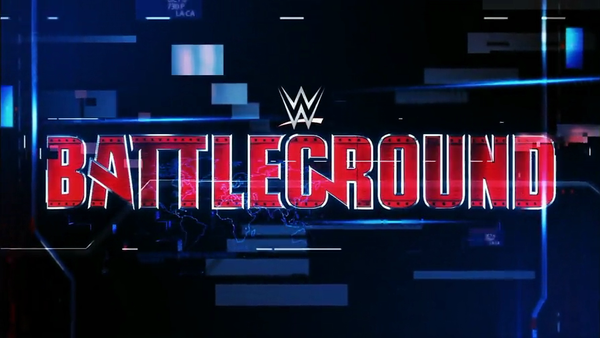10 Major Flaws With WWE's Current Pay-Per-View Model
The Network has changed WWE for the better, but PPVs have never felt so expendable.

WWE's pay-per-view model has changed immensely since the Network was introduced in 2014. The company are no longer focused on selling individual PPVs, but monthly subscription fees, resulting in a dramatic shift in the way their biggest events are promoted, presented, and built towards.
Following WWE has never been so cost effective. The subscription fee is less than a quarter of what WWE charged under the old model, and with the promotion producing more major shows than ever before, the value for money is undeniable. Unfortunately, the shift has also brought a lot of excess baggage and created an environment in which pay-per-views just don't feel special anymore.
Battleground 2017 takes place this Sunday (23 July), but the fanbase isn't exactly buzzing with excitement. WWE used to put immense time and effort into making these events feel as enticing as possible, but they've grown complacent in recent years, and provide few reasons for fans to tune in anymore.
Moving back to the old system would be terribly regressive, but the current model is rife with problems, and unless they're addressed, PPV hype levels will remain a fraction of what they once were.
10. Oversaturation

A huge problem during the original brand split, pay-per-view burnout is back with a vengeance in 2017. At its peak, audiences were presented with 16 PPV events a year, and while WWE scaled back to 12-13 when the split was canned, the issue resurfaced in 2016, when the company held 15 major events.
With several empty holes on the calendar, WWE look set to top this in 2017. This weekend’s Battleground event will be their fifth pay-per-view in nine weeks, and they’ll likely hit 16 or 17 total shows by the year’s end. With an average time between PPVs of less than three weeks, the events have been completely devalued. Angles aren’t given enough time to build, and post-PPV Raws and SmackDowns are rife with repetition from the previous arc, or demonstrable panic as creative struggle with where to head next.
WWE are fitting too much into too small a timescale. PPVs now feel routine, and their mystique expired a long time ago. Fans will still tune in out of habit, but the company’s focus on ‘super serving’ their audience has led to a situation where there’s little to separate their biggest shows from the average episode of Raw or SmackDown anymore.